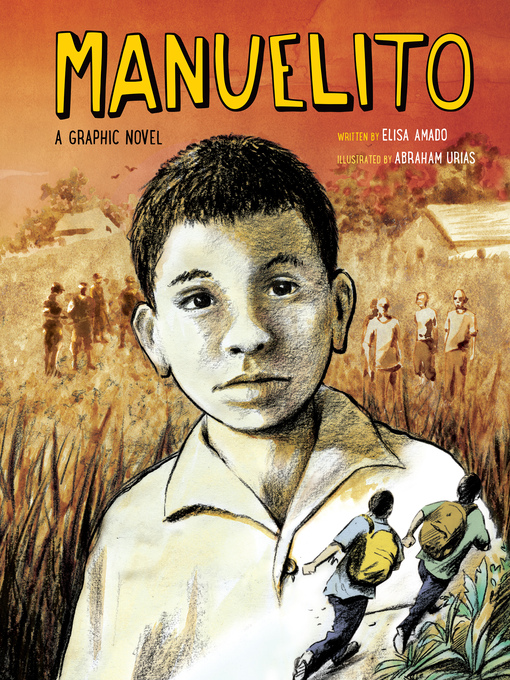The powerful story of a child refugee seeking asylum in America
Thirteen-year-old Manuelito is a gentle boy who lives with his family in a tiny village in the Guatemalan countryside. But life is far from idyllic: PACs—armed civil patrol—are a constant presence in the streets, and terrifying memories of the country's war linger in the villagers' collective conscience. Things deteriorate further when government-backed drug gangs arrive and take control of the village. Fearing their son will be forced to join a gang, Manuelito's parents make the desperate decision to send him to live with his aunt in the United States.
With just a bus ticket and a small amount of cash in hand, Manuelito begins his hazardous journey to Mexico, then the U.S., in search of asylum. But in the end, dangers such as the crooked "coyote"—or human smuggler—his parents have entrusted their son's life to may be nothing compared to the risks Manuelito faces when he finally reaches the United States.
Manuelito's titular character is just one of the staggering two hundred thousand children from the Northern Triangle of Central America—Guatemala, El Salvador, and Honduras—who have made this perilous journey to escape their war-torn countries. Many are now detained in Mexico, separated from their parents and without access to lawyers, facing the unthinkable prospect of being sent back to the homes and danger they risked so much to escape.
Drawing on years of experience working with child refugees like Manuelito, Elisa Amado's powerful story, illustrated with striking poignancy by Abraham Urias, brings to light the dire circumstances of so many children, so close to home.



